High-Sensitivity SPR Sensor Based on the Theory of the Solution of Inventive Problems
Abstract
:1. Introduction
2. Materials and Methods
3. Results
3.1. Object-Field Analysis
3.2. HOW-TO Model and Knowledge Effects Library
3.2.1. Physical Contradictions
3.2.2. The Villain Method of Analyzing and Solving
4. Discussion
5. Conclusions
Author Contributions
Funding
Institutional Review Board Statement
Informed Consent Statement
Data Availability Statement
Conflicts of Interest
References
- Zhao, Y.; Tong, R.-J.; Xia, F.; Peng, Y. Current status of optical fiber biosensor based on surface plasmon resonance. Biosens. Bioelectron. 2019, 142, 111505. [Google Scholar] [CrossRef]
- Pandey, P.S.; Raghuwanshi, S.K.; Shadab, A.; Ansari, M.T.I.; Tiwari, U.K.; Kumar, S. SPR Based Biosensing Chip for COVID-19 Diagnosis—A Review. IEEE Sens. J. 2022, 22, 13800–13810. [Google Scholar] [CrossRef]
- Shan, B.-H.; Kong, L.-X.; Wu, K.-J.; Ou, S.-F.; He, P.-F.; Jin, G.; Li, Z.; Zhang, Y.-S. High sensitivity and ultra compact fiber-optic microtip SPR thermometer coated with Ag/PDMS bilayer film. Opt. Fiber Technol. 2021, 65, 102619. [Google Scholar] [CrossRef]
- Balbinot, S.; Srivastav, A.M.; Vidic, J.; Abdulhalim, I.; Manzano, M. Plasmonic biosensors for food control. Trends Food Sci. Technol. 2021, 111, 128–140. [Google Scholar] [CrossRef]
- Chauhan, M.; Singh, V.K. Review on recent experimental SPR/LSPR based fiber optic analyte sensors. Opt. Fiber Technol. 2021, 64, 102580. [Google Scholar] [CrossRef]
- Shalabney, A.; Abdulhalim, I. Sensitivity-enhancement methods for surface plasmon sensors. Laser Photonics Rev. 2011, 5, 571–606. [Google Scholar] [CrossRef]
- Chen, Y.; Xie, Q.; Li, X.; Zhou, H.; Hong, X.; Geng, Y. Experimental realization of D-shaped photonic crystal fiber SPR sensor. J. Phys. D Appl. Phys. 2016, 50, 025101. [Google Scholar] [CrossRef]
- Zhang, C.; Jiang, S.Z.; Li, C.H.; Xu, S.C.; Yu, J.; Li, Z.; Wang, M.H.; Liu, A.H.; Man, B.Y. U-bent fiber optic SPR sensor based on graphene/AgNPs. Sens. Actuators B Chem. 2017, 251, 127–133. [Google Scholar] [CrossRef]
- Chopra, A.; Mohanta, G.C.; Das, B.; Bhatnagar, R.; Pal, S.S. Tuning the sensitivity of a fiber-optic plasmonic sensor: An interplay among gold thickness, tapering ratio and surface roughness. IEEE Sens. J. 2021, 21, 12153–12161. [Google Scholar] [CrossRef]
- Singh, S.; Mishra, S.K.; Gupta, B.D. Sensitivity enhancement of a surface plasmon resonance based fibre optic refractive index sensor utilizing an additional layer of oxides. Sens. Actuators A Phys. 2013, 193, 136–140. [Google Scholar] [CrossRef]
- Wang, Q.; Niu, L.-Y.; Jing, J.-Y.; Zhao, W.-M. Barium titanate film based fiber optic surface plasmon sensor with high sensitivity. Opt. Laser Technol. 2020, 124, 105899. [Google Scholar] [CrossRef]
- Rahman, M.S.; Noor, S.S.; Anower, M.S.; Abdulrazak, L.F.; Rahman, M.M.; Rikta, K.A. Design and numerical analysis of a graphene-coated fiber-optic SPR biosensor using tungsten disulfide. Photonics Nanostruct.-Fundam. Appl. 2019, 33, 29–35. [Google Scholar] [CrossRef]
- Alagdar, M.; Yousif, B.; Areed, N.F.; Elzalabani, M. Highly sensitive fiber optic surface plasmon resonance sensor employing 2D nanomaterials. Appl. Phys. A 2020, 126, 522. [Google Scholar] [CrossRef]
- Yao, W.; Wang, C.; Pang, J.; Liu, Y.; Zhang, J. Research and development of fully enclosed wire-shell support structure technology for deep soft rock roadway based on TRIZ theory. Sci Rep. 2024, 14, 3279. [Google Scholar] [CrossRef] [PubMed]
- Huan, Y.; Luan, F. Design of apple sorting and bagging device based on TRIZ theory. Mech. Des. 2021, 38, 104–107. [Google Scholar]
- Wang, J.H.; Feng, H.X.; Tan, L.; Chen, N.L.; Zhao, D.; Shi, L.L.; Zhang, H.X. Application of TRIZ theory in improving the corrosion resistance of oil rig coatings. Packag. Eng. 2021, 45, 299–306. [Google Scholar]
- Xiao, J.; Liu, F.; Yang, M.; Ke, W.; Liu, D.; Lin, L. An innovative design of mega shaft boring machine (SBM) cutterhead based on TRIZ and AD theory. Adv. Mech. Eng. 2023, 15, 16878132231153358. [Google Scholar] [CrossRef]
- Chechurin, L.; Borgianni, Y. Understanding TRIZ through the review of top cited publications. Comput. Ind. 2016, 82, 119–134. [Google Scholar] [CrossRef]
- Wang, Z.; Mi, B. Environmental Applications of 2D Molybdenum Disulfide (MoS2) Nanosheets. Environ. Sci. Technol. 2017, 51, 8229–8244. [Google Scholar] [CrossRef] [PubMed]
- Nangare, S.; Patil, P. Chitosan mediated layer-by-layer assembly based graphene oxide decorated surface plasmon resonance biosensor for highly sensitive detection of β-amyloid. Int. J. Biol. Macromol. 2022, 214, 568–582. [Google Scholar] [CrossRef] [PubMed]
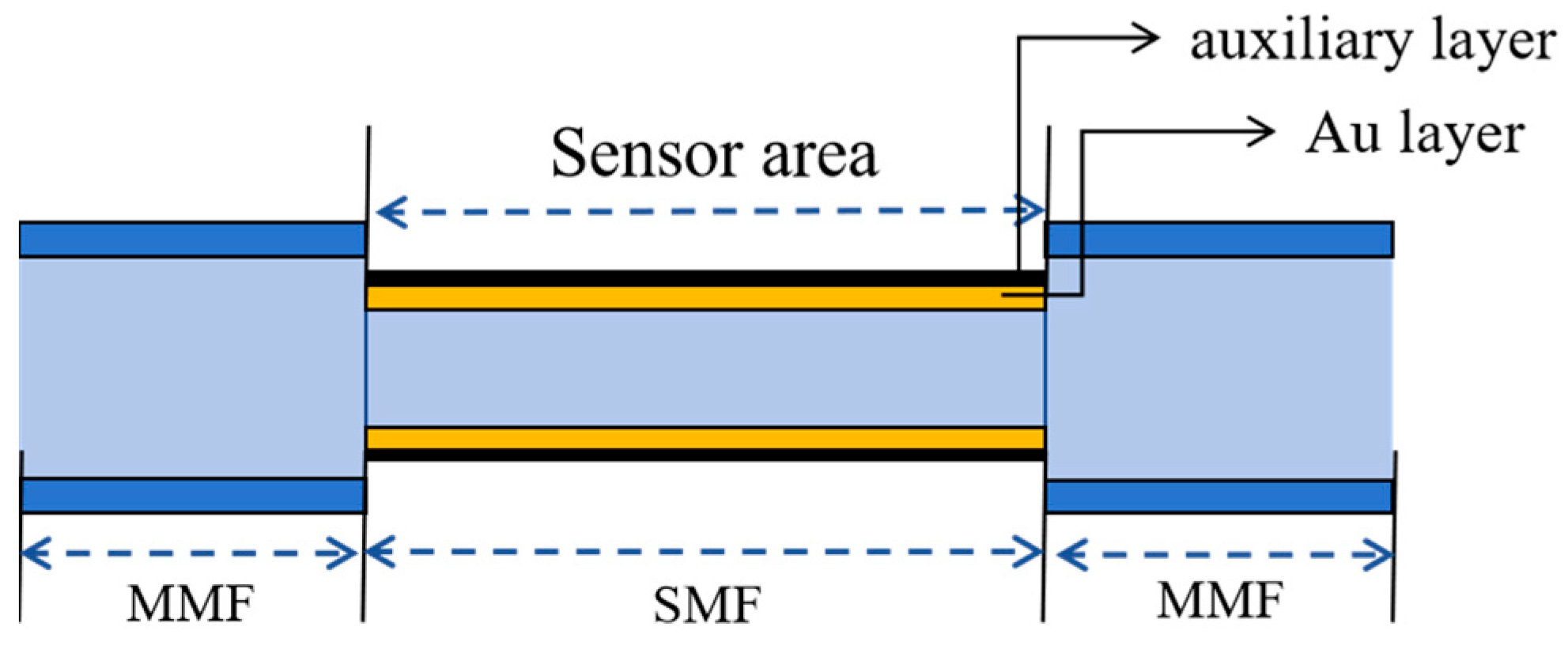




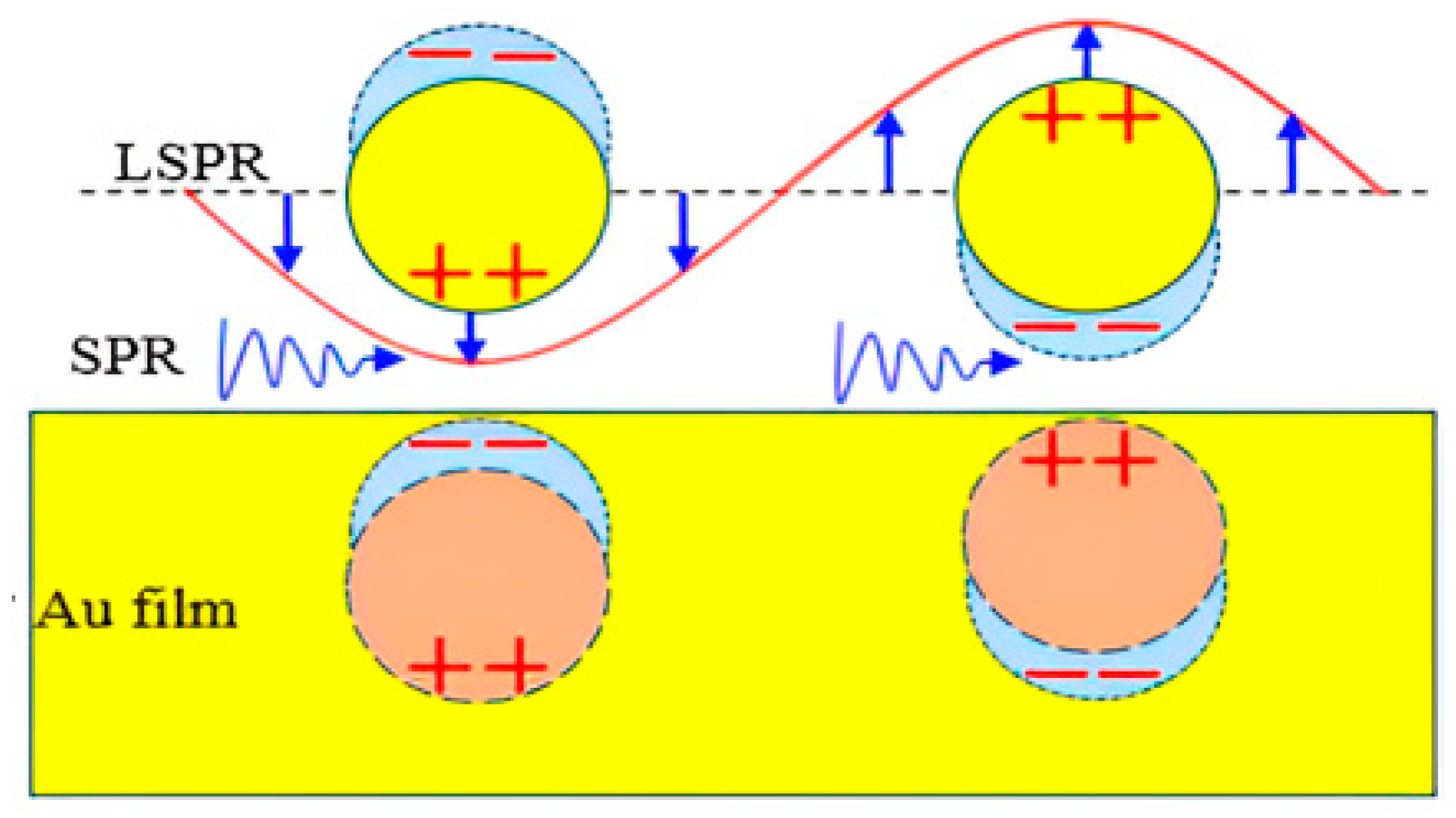

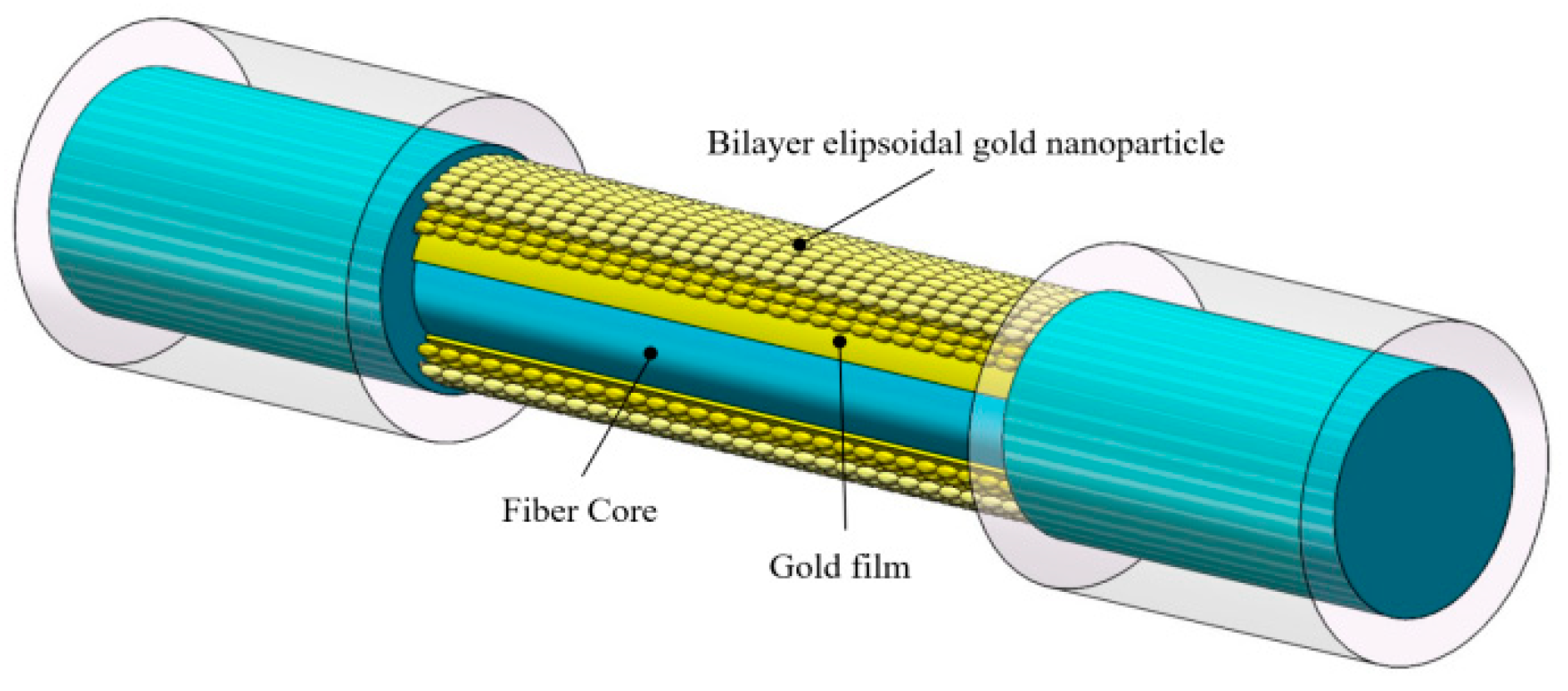
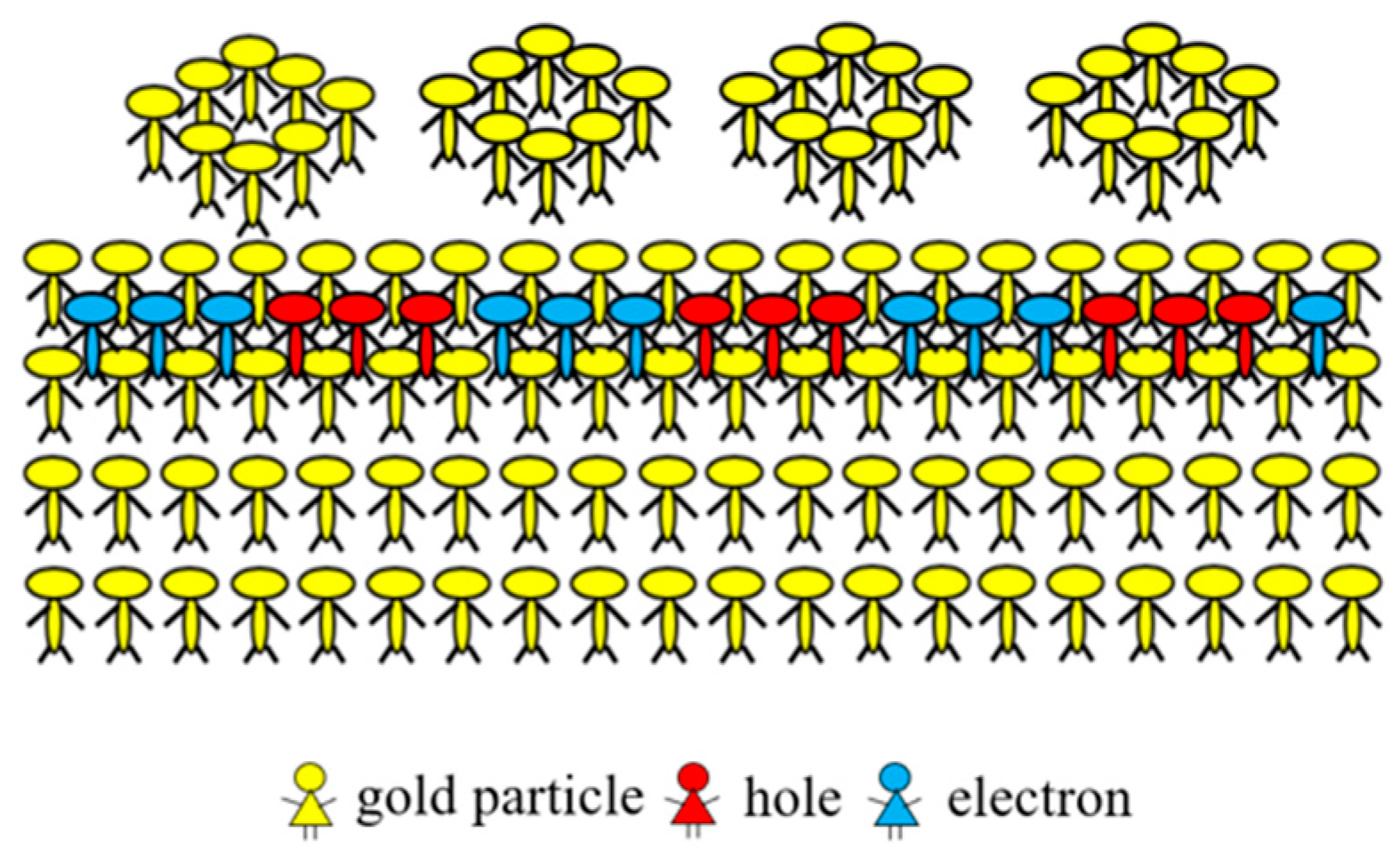
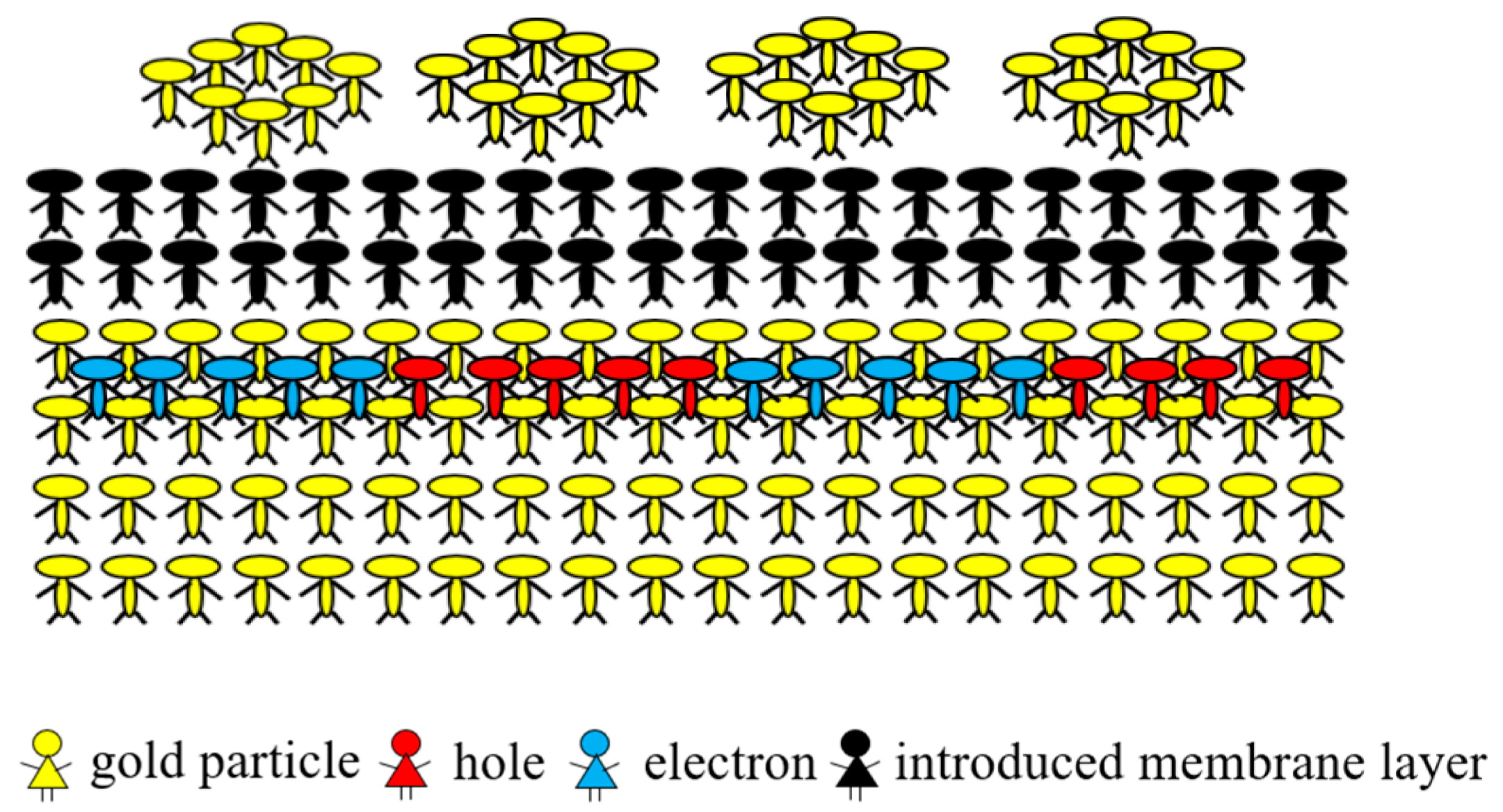
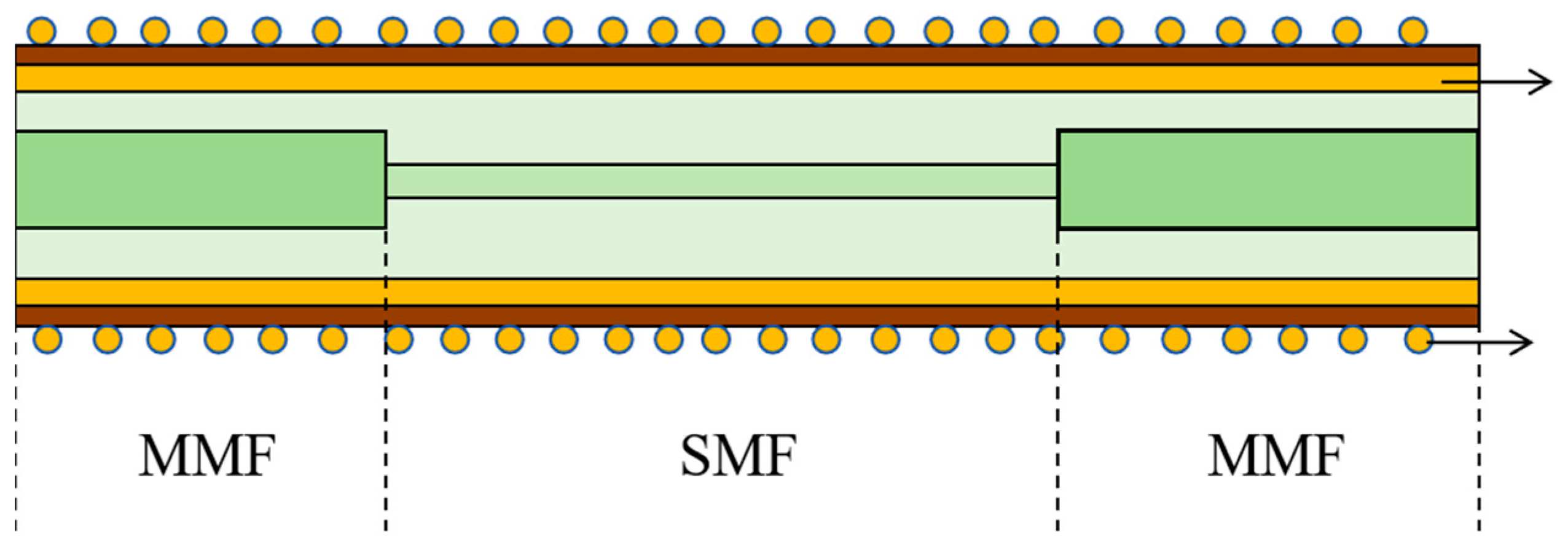

| Number | Gold Film Model | Parameters |
|---|---|---|
| 1 | Wavelength (nm) | 400–1100 |
| 2 | Sensitivity (nm/RIU) | 1972–2113 |
| 3 | FOM | 20.03–20.56 |
| 4 | Multimode core diameter (um) | 62.5 |
| 5 | Single-mode core diameter (um) | 9 |
| 6 | Gold film thickness (nm) | 50 |
| 7 | Sensing area length (mm) | 10 |
| Scientific Effects and Phenomena | Elaborate |
|---|---|
| Compression | The material yields to compressive stresses, resulting in a reduction in volume. The counterpart to compressive force is tension. Simply put, compressive force is a pushing force. |
| Deformation | An applied force causes a change in the shape or size of an object. Types of applied forces are tension (pull), pressure (push), shear, and bending or torsion (twist). Deformation is often referred to as strain. |
| Ellipse | The trajectory or path of a point in the same plane where the sum of the distances from a moving point to two points is constant is called an ellipse. A circle is a special kind of ellipse, in which case the ellipse is called an alternative to a circle. |
| Parameters | Ellipsoidal Gold Nanoparticle Aspect Ratio Size |
|---|---|
| Requirement 1 | Needs to be large to increase the electric field coupling region |
| Requirement 2 | Needs to be small to reduce the half-peak full width and improve accuracy |
| Programmatic | Vantage | Drawbacks | Estimation |
|---|---|---|---|
| 1 | The performance parameters of the sensor can be effectively improved | Increased demand for production accuracy | Practicable |
| 2 | Effective bonding of the membrane material to the sensor | Increased production difficulty | Practicable |
| 3 | Can effectively increase the electric field strength | Increased production difficulty | Practicable |
| 4 | The electric field strength can be significantly increased | Experimental feasibility is low and costly | Impracticable |
| 5 | The electric field strength can be significantly increased | Experimental feasibility is low and costly | Impracticable |
| 6 | Sensitivity improvement effect is obvious | Resulting in a broadening of the full width of the half-peak of the spectrum | Practicable |
Disclaimer/Publisher’s Note: The statements, opinions and data contained in all publications are solely those of the individual author(s) and contributor(s) and not of MDPI and/or the editor(s). MDPI and/or the editor(s) disclaim responsibility for any injury to people or property resulting from any ideas, methods, instructions or products referred to in the content. |
© 2024 by the authors. Licensee MDPI, Basel, Switzerland. This article is an open access article distributed under the terms and conditions of the Creative Commons Attribution (CC BY) license (https://creativecommons.org/licenses/by/4.0/).
Share and Cite
Zhu, C.-l.; Liu, J.-d.; Wang, F. High-Sensitivity SPR Sensor Based on the Theory of the Solution of Inventive Problems. Photonics 2024, 11, 836. https://doi.org/10.3390/photonics11090836
Zhu C-l, Liu J-d, Wang F. High-Sensitivity SPR Sensor Based on the Theory of the Solution of Inventive Problems. Photonics. 2024; 11(9):836. https://doi.org/10.3390/photonics11090836
Chicago/Turabian StyleZhu, Cui-lan, Jin-da Liu, and Fang Wang. 2024. "High-Sensitivity SPR Sensor Based on the Theory of the Solution of Inventive Problems" Photonics 11, no. 9: 836. https://doi.org/10.3390/photonics11090836
APA StyleZhu, C.-l., Liu, J.-d., & Wang, F. (2024). High-Sensitivity SPR Sensor Based on the Theory of the Solution of Inventive Problems. Photonics, 11(9), 836. https://doi.org/10.3390/photonics11090836





